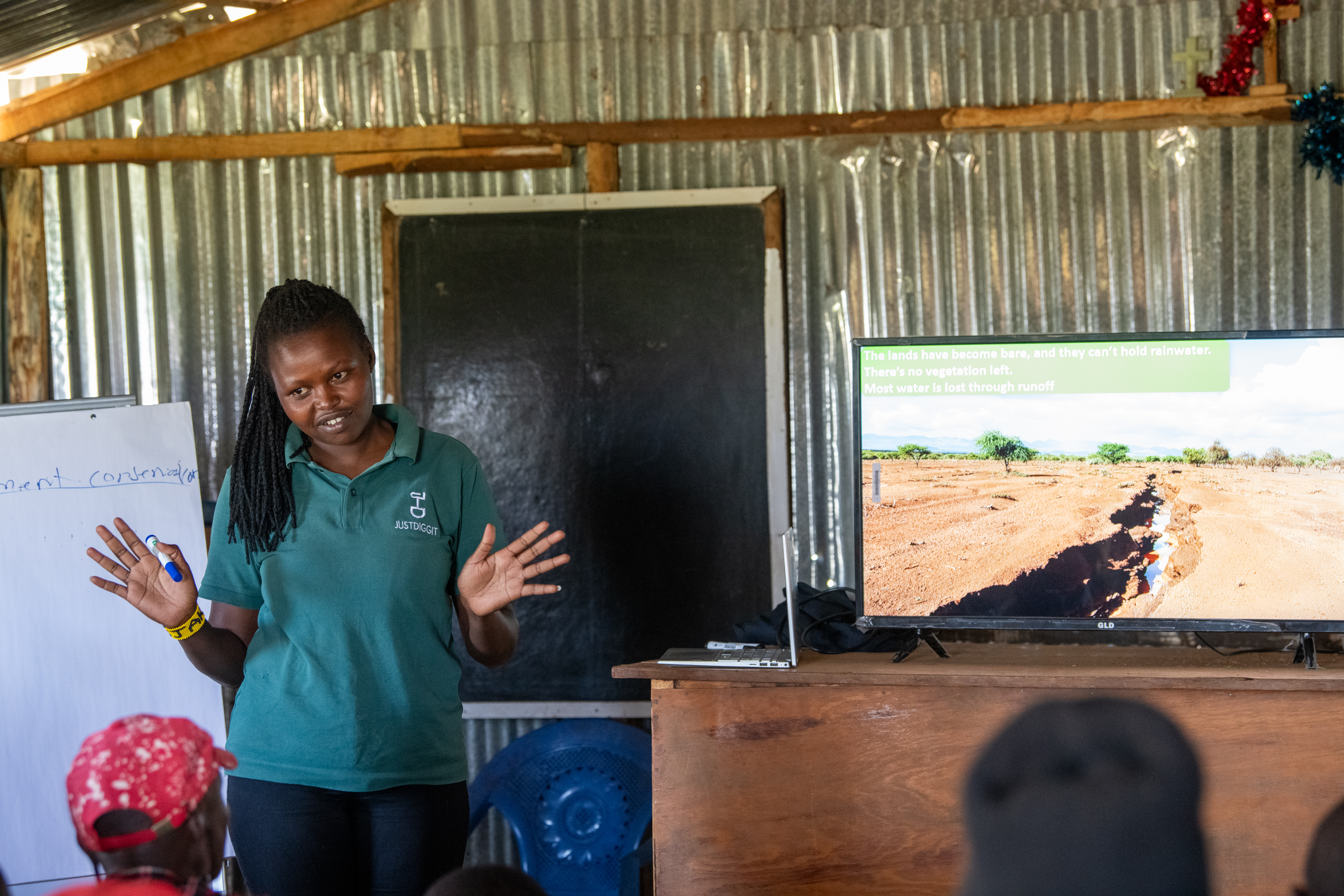Souvent le besoin pour l’élaboration d’une CL est senti par une partie des concernés seulement. C’est la raison pour laquelle une campagne d’information et de sensibilisation concernant la problématique, les dangers et atouts de la ressource est obligatoire avant le démarrage des négociations.
A ce moment, la notion de Convention Locale et sa relation par rapport aux autres types de planification doit être clarifiée, ainsi que la suite des étapes pour son élaboration.
Une assemblée de lancement facilitera l’information des concernés sur les résultats déjà disponibles et le processus d’élaboration de la CL.
Afin d’atteindre une représentativité il est important que les populations concernées, les usagers, les OP, la chefferie traditionnelle y compris les chefs de terre sont impliqués dans ce processus (voir étape précédente). Lors de l’assemblée de lancement les différents groupes d’intérêt se rencontrent et les premières discussions sont lancées.
Par la suite un Comité de Pilotage (CP) pour l’élaboration de la CL, et selon besoin, des groupes de travail thématiques (groupe analyse ressource, groupe élaboration règles, …) sont installés. Finalement les activités et étapes à venir sont planifiées dans le temps.
Outils : Rencontres en tête-à-tête, outils de visualisation (cartes, schémas), exemples pratiques de CL existantes.
